-
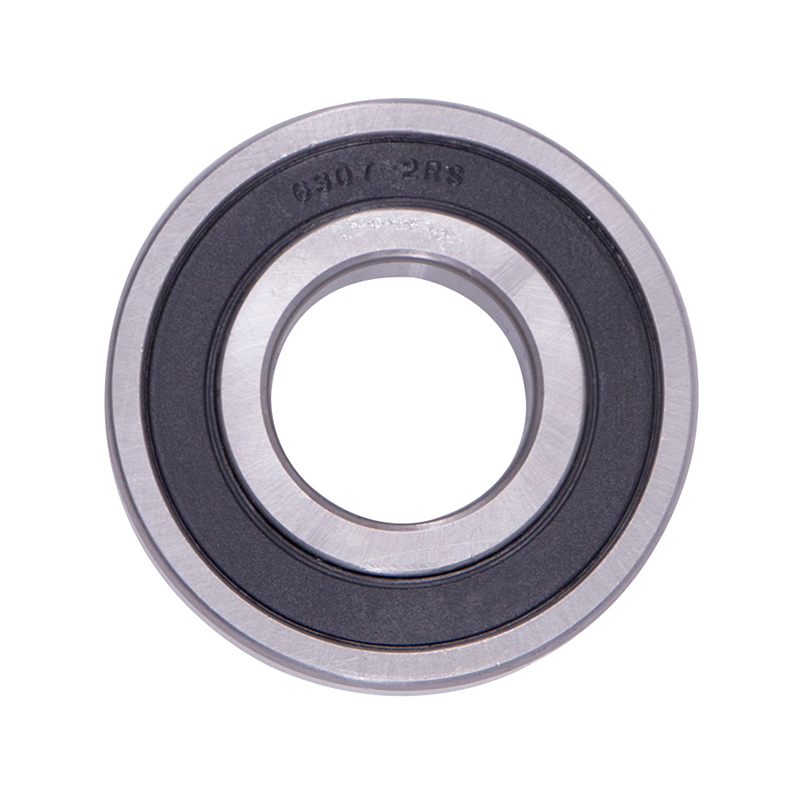 Wheel Hub Bearings
Wheel Hub Bearings -
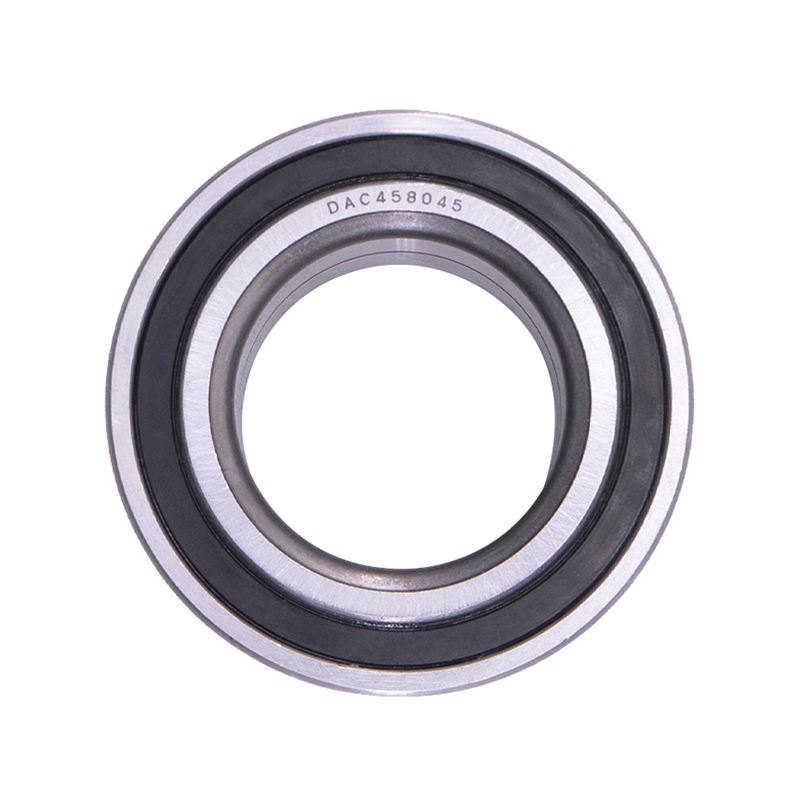 Wheel Hub Bearings
Wheel Hub BearingsDAC387436 DAC458045 Hub Deep Groove Ball Car Wheel Bearing
-
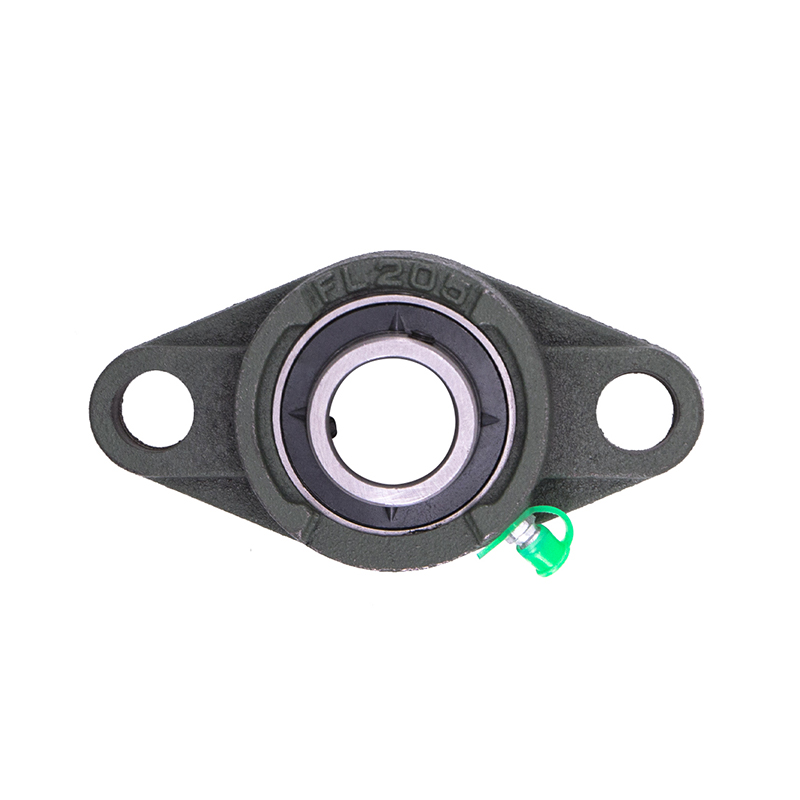 Spherical Bearings
Spherical BearingsFL204 FL205 FL206 Stainless Steel Pillow Block Bearing
-
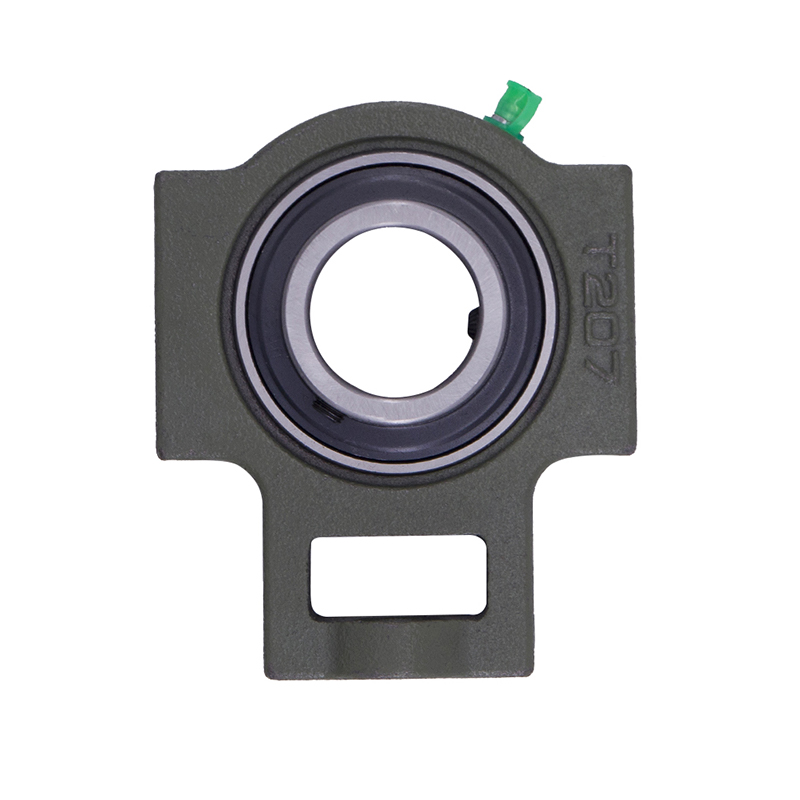 Spherical Bearings
Spherical BearingsT204 T207 UC204 High Speed Insert Pillow Block Bearing
-
 Spherical Bearings
Spherical BearingsFC204 F210 Auto Wheels Bike Pillow Block Bearing
-
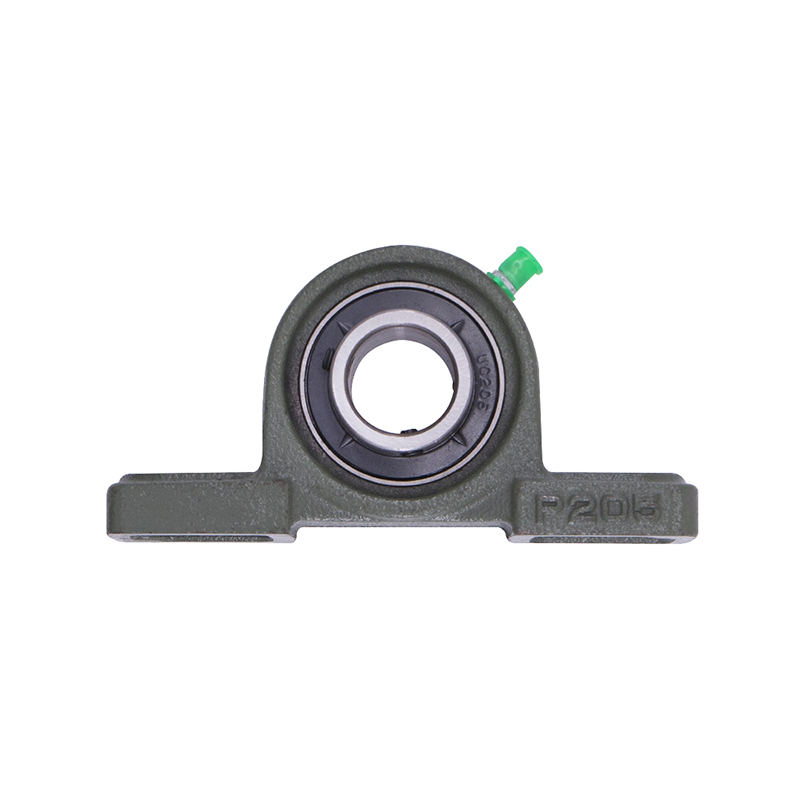 Spherical Bearings
Spherical BearingsP207 206 205 203 High Precision Wheel Pillow Block Bearing
-
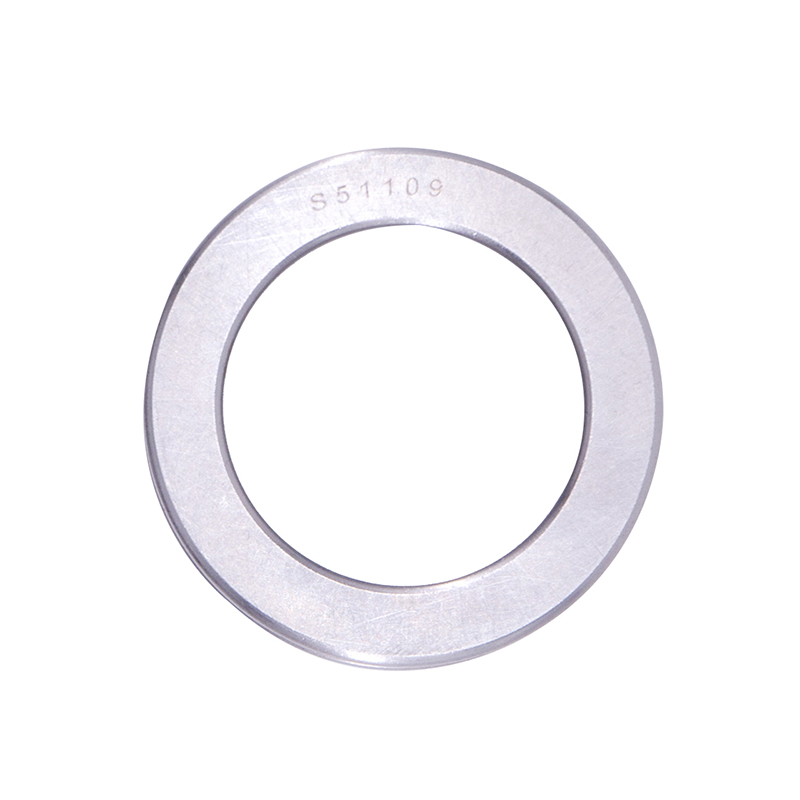 Thrust Roller Bearings
Thrust Roller BearingsS51100 S51107 S51109 Car Wheel Plain Thrust Ball Bearing
-
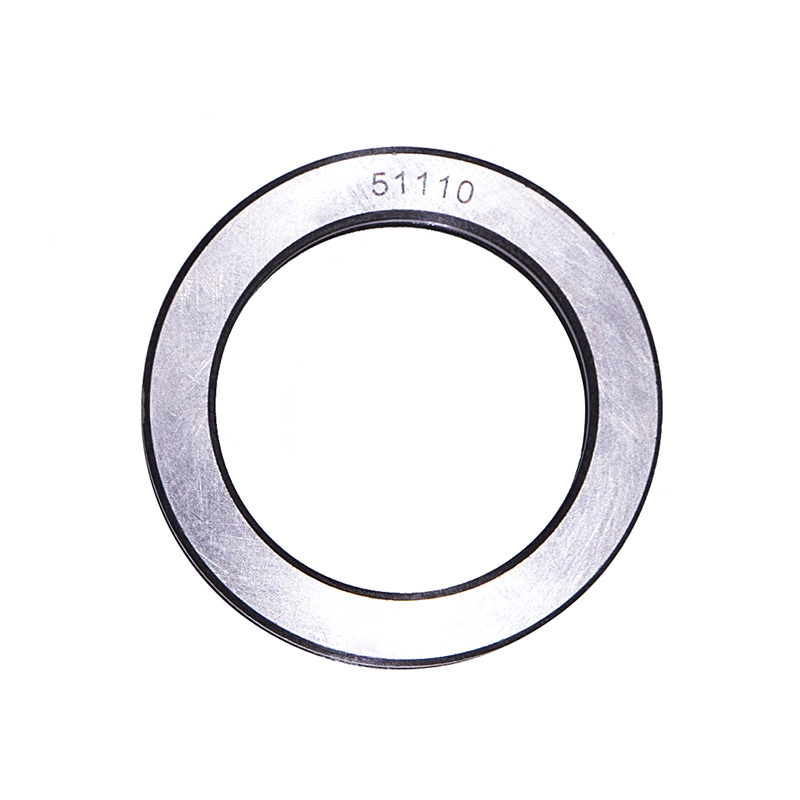 Thrust Roller Bearings
Thrust Roller Bearings51110 51107 51104 51206 High Speed Plain Thrust Ball Bearing
What are the design considerations for Deep Groove Ball Bearings?
Industry news-Deep groove ball bearings are among the common and versatile types of rolling-element bearings used in machinery across the globe. Their ability to handle both radial and moderate axial loads, combined with their relatively simple construction, makes them a default choice for applications ranging from electric motors to automotive components. However, the apparent simplicity of a Deep Groove Ball Bearings unit belies a complex set of engineering decisions. The design of these components is not arbitrary; it is a careful balancing act aimed at optimizing performance, longevity, and reliability for specific operating conditions.

Internal Geometry and Load Distribution
The very shape and arrangement of the internal components are the critical set of design considerations. These geometric factors directly influence the bearing's capacity, speed capability, and smoothness of operation.
Raceway Curvature and Contact Angle: The deep, continuous grooves in both the inner and outer rings are a defining feature. The curvature of these raceways is precisely calculated. A specific ratio between the groove radius and the ball diameter is maintained to optimize load distribution and minimize contact stress. This geometry also establishes a nominal contact angle, which is typically zero degrees under pure radial load, but can shift slightly to accommodate axial loads. The careful design of these grooves is what allows Deep Groove Ball Bearings to support axial loads in either direction.
Ball Size, Number, and Complement: The size and number of balls incorporated into the bearing are a direct trade-off. A larger number of smaller balls can provide smoother operation and higher speed capability due to reduced centrifugal forces. Conversely, a smaller number of larger balls can increase the load-carrying capacity. The designer must select a ball complement that achieves the balance for the intended application, ensuring there is adequate clearance for the balls to circulate freely without overcrowding.
Radial Internal Clearance: This refers to the total amount of free movement of one ring relative to the other in a radial direction. It is a crucial design parameter that is set during manufacturing. Too little clearance can excessive preload, heat buildup, and premature failure, especially under thermal expansion. Too much clearance can cause noise, vibration, and inaccurate shaft positioning. The selection of the correct initial clearance for a Deep Groove Ball Bearings unit depends on the expected fits, operating temperatures, and load conditions.
These geometric considerations are foundational, setting the stage for the bearing's fundamental performance characteristics before any material is even selected.
Material Selection and Heat Treatment
The raw materials used and the processes they undergo are what give a bearing its strength, durability, and resistance to wear. The choice here directly impacts service life.
Standard Bearing Steel: The vast majority of Deep Groove Ball Bearings are manufactured from high-carbon chromium steel, such as AISI 52100. This alloy is chosen for its ability to be hardened to a high degree, providing resistance to rolling contact fatigue. The consistent microstructure of this steel is essential for withstanding the repeated stress cycles that the bearing will encounter throughout its life.
Heat Treatment Processes: The journey from a steel blank to a durable bearing component involves precise thermal processes. Through hardening is common, where the entire ring or ball is heated and quenched to achieve a uniform high hardness. For applications requiring enhanced toughness, case hardening or through hardening with a tempered martensite structure may be employed. The specific heat treatment recipe is designed to create a component that is hard on the surface to resist wear yet tough in the core to withstand shock loads.
Specialized Materials for Harsh Environments: When standard steel is insufficient, designers turn to alternative materials. For corrosive environments, such as those in the food and beverage or chemical industries, bearings made from martensitic stainless steel (e.g., AISI 440C) are specified. For even higher corrosion resistance, austenitic stainless steels (e.g., AISI 316) or ceramic hybrids (silicon nitride balls with steel rings) may be used. The selection of a Deep Groove Ball Bearings made from a specialized material is a key design decision for ensuring reliability in challenging operating conditions.
Cage Design and Lubrication Systems
The components that manage the rolling elements and reduce friction are equally vital to the bearing's overall function. These elements influence torque, speed, and maintenance requirements.
Cage Function and Materials: The cage, or retainer, serves to separate the balls, maintain an even spacing, and guide them through the unloaded zone of the bearing. Cage design is a balance between strength and minimal interference. Stamped steel cages are common and cost-effective for general-purpose applications. Machined brass or phenolic resin cages offer performance at high speeds or where improved lubricant retention is needed. The design of a Deep Groove Ball Bearings must always account for the cage's interaction with the rolling elements and lubricant.
Lubrication Type and Retention: Lubrication is essential for reduce wear and dissipating heat. The initial design must specify whether the bearing will be grease-packed or require oil lubrication. Grease is common for its simplicity and sealing properties, while oil is necessary for very high-speed applications or precise temperature control. Designs often include shields or seals to retain lubricant and exclude contaminants. The choice of seal material and design—whether non-contact (for low torque) or contact (for high contamination exclusion)—is a critical part of the overall bearing specification.

 English
English русский
русский Español
Español
